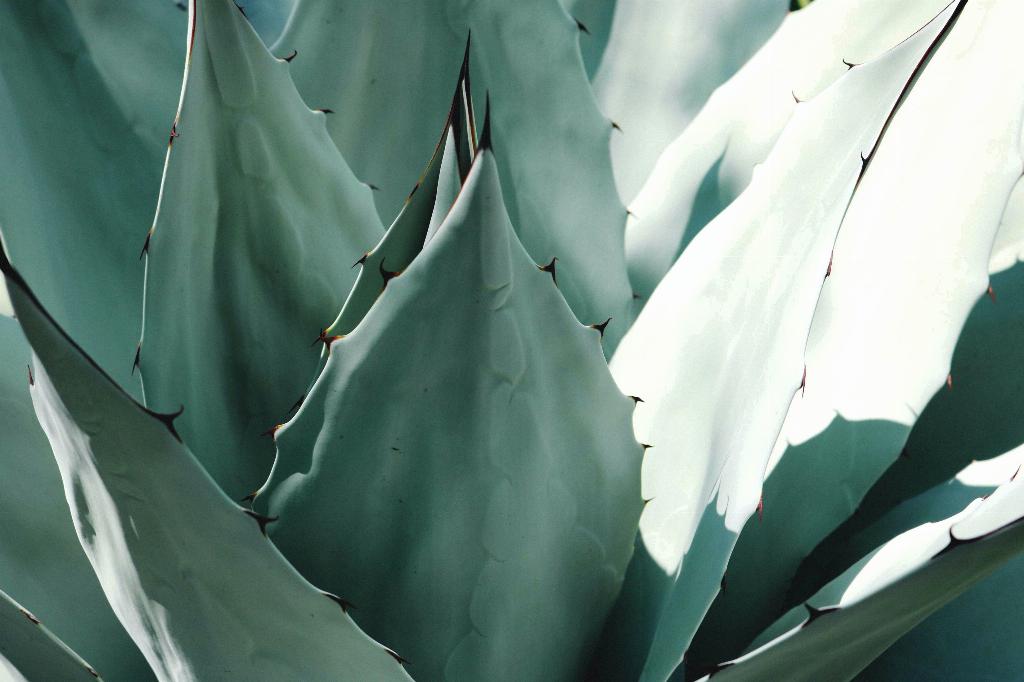Succulents, with their unique ability to store water in their leaves and stems, have gained immense popularity in the world of indoor gardening. These hardy plants are known for their resilience in dry conditions, making them a favorite among plant enthusiasts. However, when it comes to humidity levels, succulents have specific preferences that need to be taken into account for optimal growth.
The Impact of Humidity on Succulent Plants
Succulents, primarily native to arid regions, have adapted to thrive in low-humidity environments. High humidity levels can pose a challenge to these plants as they are not equipped to handle excess moisture in the air. Succulents are designed to conserve water and can quickly succumb to issues such as root rot and fungal diseases in humid conditions.
Why Succulents Prefer Low Humidity
The preference for low humidity among succulents stems from their natural habitat. In their native desert environments, these plants have evolved to retain water efficiently to survive in arid conditions. When humidity levels are high, succulents struggle to maintain the delicate balance of water storage and are at risk of overhydration.
Challenges Faced by Succulents in High-Humidity Environments
Exposure to high humidity can have detrimental effects on succulents, impacting their overall health and growth. The excess moisture in the air can prevent proper transpiration and gas exchange in the plants, leading to issues like wilting, yellowing of leaves, and stunted growth. Furthermore, high humidity creates an ideal breeding ground for pests and diseases, further compromising the well-being of succulents.
Optimal Humidity Levels for Succulents
To ensure the well-being of your succulent plants, it is essential to maintain a low-humidity environment. Aim for humidity levels between 30-50% to create a suitable growing condition for your succulents. Proper ventilation and air circulation are crucial in preventing moisture buildup around the plants, helping them thrive in their artificial habitat.
Signs of Humidity Stress in Succulents
It is vital to monitor your succulents for signs of humidity stress to address any issues promptly. Common indicators of high humidity stress in succulents include soft, mushy stems, yellowing leaves, and a general decline in the plant’s appearance. By being attentive to these signals, you can take the necessary steps to adjust the growing conditions for your succulents.
Factors Influencing Humidity Sensitivity in Succulents
While succulents as a group prefer low humidity levels, it is essential to consider that some species may have varying degrees of tolerance to humidity. Factors such as the plant’s origin, growth habits, and individual genetic makeup can influence its sensitivity to humidity. By understanding the specific needs of your succulent species, you can tailor your care routine to meet their requirements effectively.
Strategies to Control Humidity for Succulents
Controlling humidity levels for your succulents can be achieved through various strategies to create a suitable environment for their growth. Consider placing a dehumidifier in the room where your plants are located to reduce moisture in the air. Additionally, using a well-draining potting mix and avoiding overcrowding of plants can help prevent moisture-related issues in your succulent collection.
Humidity and Seasonal Care for Succulents
Seasonal changes can impact the humidity levels in your home, affecting the care requirements of your succulents. During the winter months when indoor heating can lower humidity levels, consider using a humidifier to maintain optimal conditions for your plants. In the summer, when humidity is higher, increase airflow around your succulents to prevent moisture buildup and promote healthy growth.

Conclusion
In conclusion, while succulents are renowned for their drought-tolerant nature, it is essential to understand their specific needs regarding humidity. By providing a low-humidity environment, proper ventilation, and attentive care, you can ensure that your succulent plants thrive and continue to bring joy and beauty to your indoor garden.
